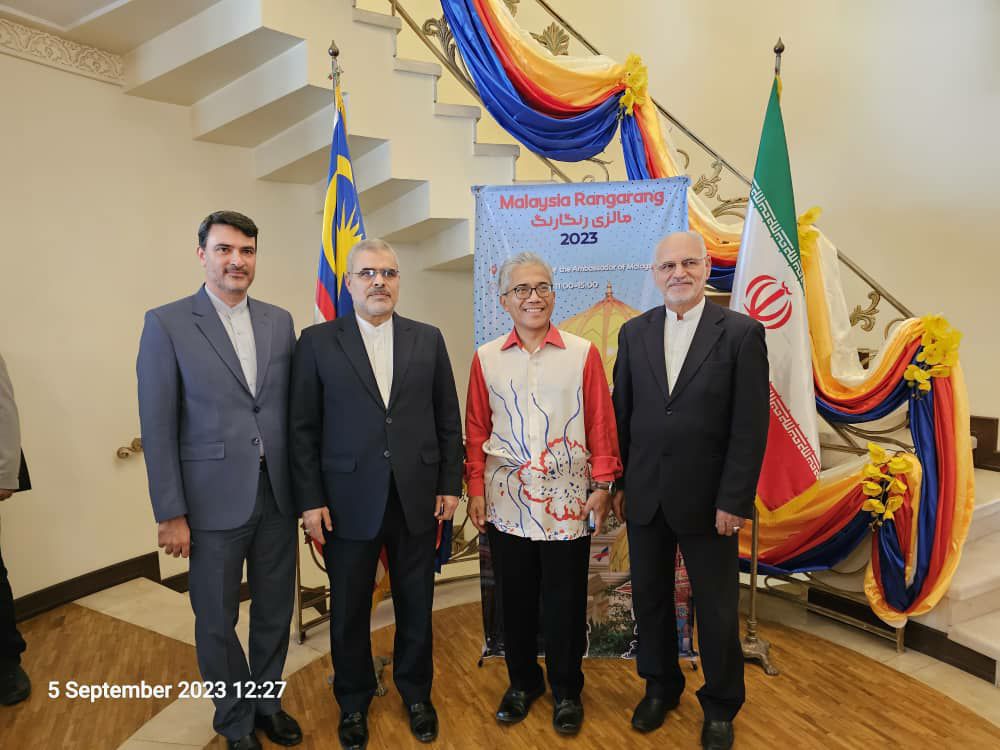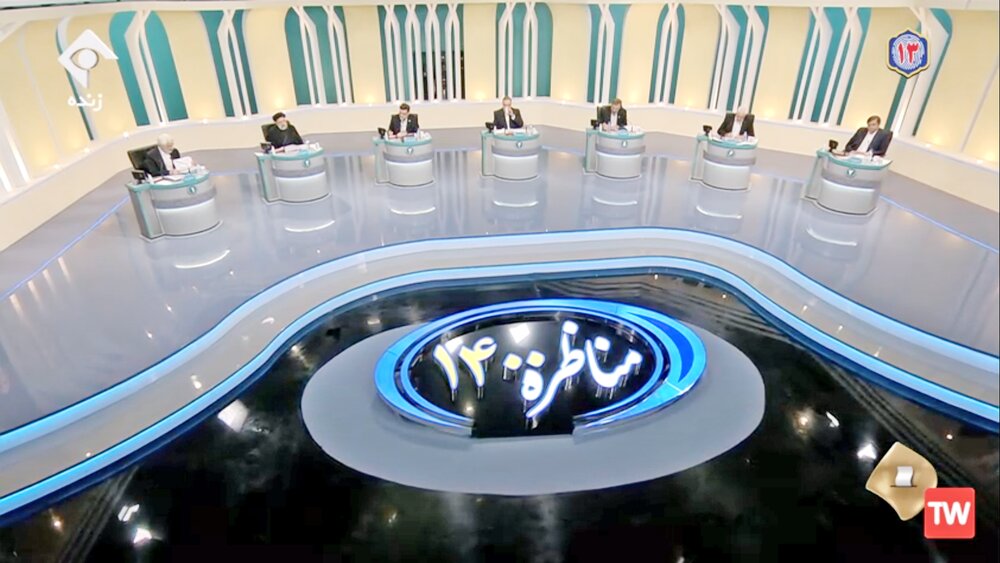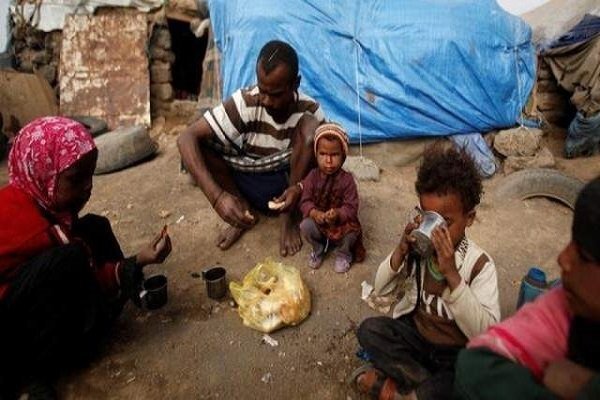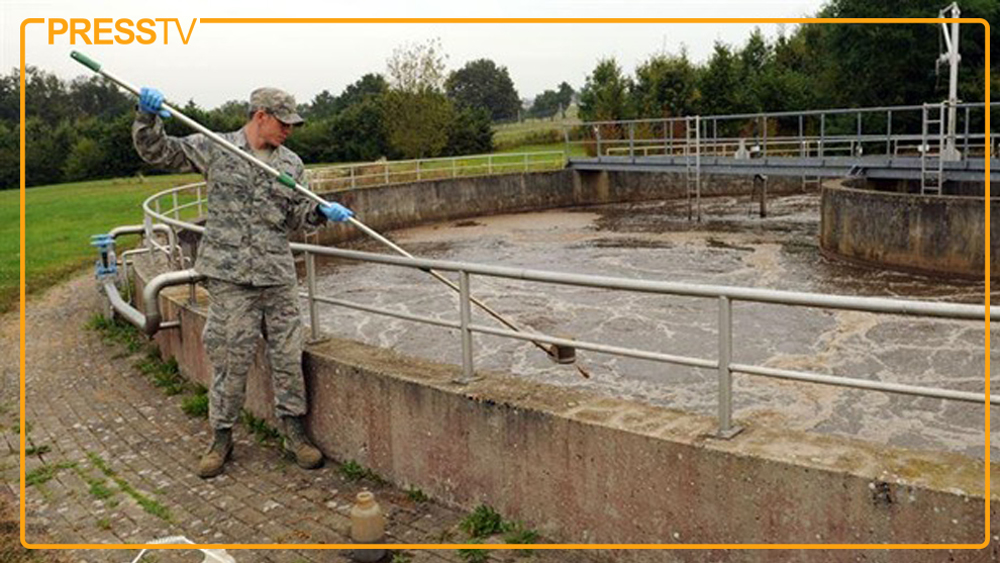Iran’s Strategic Weakness in Overseas Mining Highlighted
TEHRAN (Iran News) In an interview with ILNA, Bahraman expressed concern over the declining contribution of Iran’s industry and mining sector to the country’s non-oil Gross Domestic Product (GDP). According to published data, the sector’s share dropped from 26.3% in 2020 to 24.5% in 2023, and further declined to below 24% in the first half of 2024.
Despite a 5.3% growth in mining and industrial activities — including crude oil and natural gas extraction — in the first half of 2024, Bahraman emphasized that the country still faces significant structural challenges.
Bahraman underlined the mining sector’s crucial role in the national economy, stating that in 2023, mineral and mining companies listed on Iran’s stock exchange generated $10.6 billion in revenue, accounting for 19% of total listed company sales. Nevertheless, the net value of Iran’s mineral production stood at just $3.2 billion, ranking Iran 21st globally.
In terms of exports, Iran shipped $12.289 billion worth of minerals during the first 11 months of 2023, comprising 28% of the country’s total exports. The primary exports included steel, aluminum, and copper. By the first 11 months of 2024, the volume of mining exports reached 58.58 million tons valued at $12.56 billion, showing a modest increase of 0.4% in volume and 1.2% in value compared to the previous year. Over half of this came from the steel, aluminum, and copper value chains.
Highlighting the global shift toward renewable energy, Bahraman noted a surge in demand for critical minerals such as lithium, nickel, cobalt, graphite, and rare earth elements — essential components for batteries, solar panels, and electric vehicles. This trend is driving countries to rethink their strategies to secure stable supplies of these key resources.
He stressed that overseas mining, or “transnational mining,” has become a strategic tool globally. Nations like the U.S., China, EU members, Japan, Australia, and Norway are actively investing in foreign mines, securing supply chains through ownership, long-term contracts, and strategic partnerships.
“Over 40% of global lithium mines are controlled by U.S. companies. American and European firms also hold major stakes in Chilean copper mines. China dominates cobalt extraction in the Democratic Republic of Congo and leads globally in mineral refining,” Bahraman explained. He added that Japan and the U.S. signed agreements in 2023 and 2024 to ensure sustainable imports of key minerals such as cobalt, graphite, lithium, manganese, and nickel.
When asked about Iran’s role in overseas mining, Bahraman admitted the country’s negligible presence abroad. “Iran lacks effective ownership or participation in foreign mining operations. Our companies are mostly limited to domestic resources,” he said. This absence, he argued, reveals deeper systemic issues, including a lack of bilateral or multilateral agreements with resource-rich nations.
“In contrast, China not only leads in extraction but also dominates refining and battery production. Australia and Canada, through smart resource management and foreign investment attraction, play vital roles in global supply,” Bahraman noted.
He warned that while countries like the UAE and Saudi Arabia are actively investing in African and Latin American mining projects, Iran remains largely a bystander.
Bahraman called Iran’s weak position in overseas mining a strategic vulnerability, particularly in today’s global context. To address this, he proposed several measures: Creating a national roadmap for foreign investment in critical mineral mines; Forming consortia of Iranian mining companies for international ventures in Africa, Latin America, and Central Asia; Signing long-term agreements with key mineral-rich nations; Expanding domestic refining capacity to reduce dependence on mineral imports.
Bahraman also commented on Saudi Arabia’s aggressive mining strategy aimed at transforming the kingdom into the Middle East’s mining hub. Riyadh is negotiating with the United States to sign cooperation agreements in mining and mineral resource development.
With extensive government support, major investments, and technology partnerships, Saudi Arabia’s plans appear both ambitious and achievable, he said.
“Iran has immense potential in the mining and mineral industries,” Bahraman concluded. “However, to fully leverage these assets, we must invest in modern technologies, infrastructure, and international cooperation. Otherwise, countries like Saudi Arabia will take the lead — and Iran will be left behind unless it adopts and implements long-term strategic plans.”
- source : IRAN NEWS ECONOMIC DESK






























